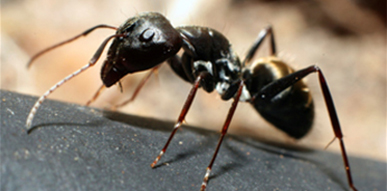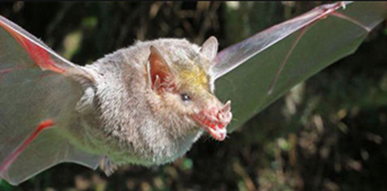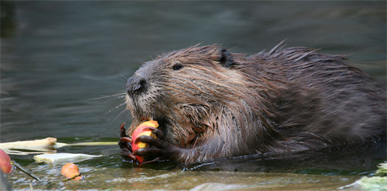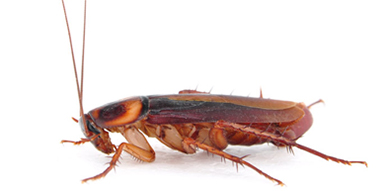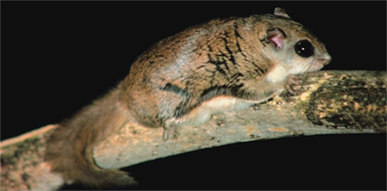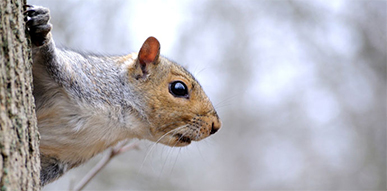Just the mention of the word snake makes some people cringe, most notably for its subtle nature. Snakes vary widely, both poisonous and non-poisonous, in their coloring, shape, and size. Perhaps the main commonality is people dislike them. However, most snakes are non-poisonous and are very beneficial to our environment and ecosystem. Most snakes that are harmless often get the brunt end of a shovel or hoe simply because they find themselves in an unwelcoming territory.
Snakes are hunters and the hunted. Snakes are victims to birds of prey and other mammals, while snakes themselves prey on rats, mice, insects, and other critters considered pests. There are six species of poisonous snakes in Georgia: Copperhead, Pigmy Rattlesnake, Canebrake or Timber Rattlesnake, Cottonmouth, Eastern Diamondback Rattlesnake, and Eastern Coral Snake. Due to the variation and similarities of patterns, sizes, and other physical attributes in both poisonous and nonpoisonous snakes, we always recommend allowing a trained technician to identify the species of snake. When identifying poisonous snakes some common traits are elliptical pupils, diamond-shaped head, heat sensing pits, and/or a rattle on the tail.
Some very effective ways of minimizing snakes from hanging around in or under homes are to control the rodent population, seal entry points around a foundation, and keep brush piles and firewood far away from the house. Some repellents are a temporary fix but are not a long-term solution and should be used in conjunction with the previously mentioned.
Should you find yourself with an unwanted snake in or around your home, stay a safe distance away, secure or relocate any pets, and keep a close eye on the snake, if possible, and call All Exterminating Wildlife Division right away. Should you lose sight of the snake, relocating the reptile can become extremely difficult. Snakes are known to hide in boxes, drop ceilings, crawlspaces, mechanicals, and just about any other place that is accessible. Though it is not always an indication that a snake has taken up habitation in or around your home, finding a snakeskin is an indication that there was a snake in the area at one time. Finding a skin is more of an indication of a possible rodent problem or a cracked foundation that is in need of sealing. Snakes tend to come and go and on occasion take up permanent residence in your home.
All Exterminating Wildlife can identify, catch, and relocate a snake and then perform a full inspection of a home for entry points. We also offer a full line of services to exclude and prevent snake entry in the future.


